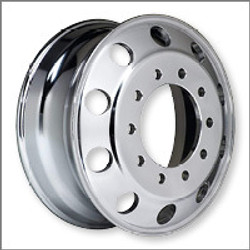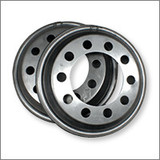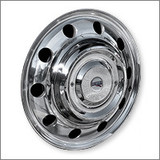
Semi-Truck Wheels Tires Universal
Looking for semi-truck wheels and tires? Check out 4 State Trucks! They've got everything from balancers to nut covers, ensuring a smooth ride. Upgrade your rig with top-quality products at 4 State Trucks today!
-
 Semi-Truck Balancers Universal
Semi-Truck Balancers Universal
-
 Semi-Truck Crossfire Tire Equalizers Universal
Semi-Truck Crossfire Tire Equalizers Universal
-
 Semi-Truck Hubcaps Covers Universal
Semi-Truck Hubcaps Covers Universal
-
 Semi-Truck Nut Covers Universal
Semi-Truck Nut Covers Universal
-
 Semi-Truck Simulators Universal
Semi-Truck Simulators Universal
-
 Semi-Truck Snow Chains Hangers Universal
Semi-Truck Snow Chains Hangers Universal
-
 Semi-Truck Wheel End Parts Universal
Semi-Truck Wheel End Parts Universal
-
 Semi-Truck Wheels Universal
Semi-Truck Wheels Universal



